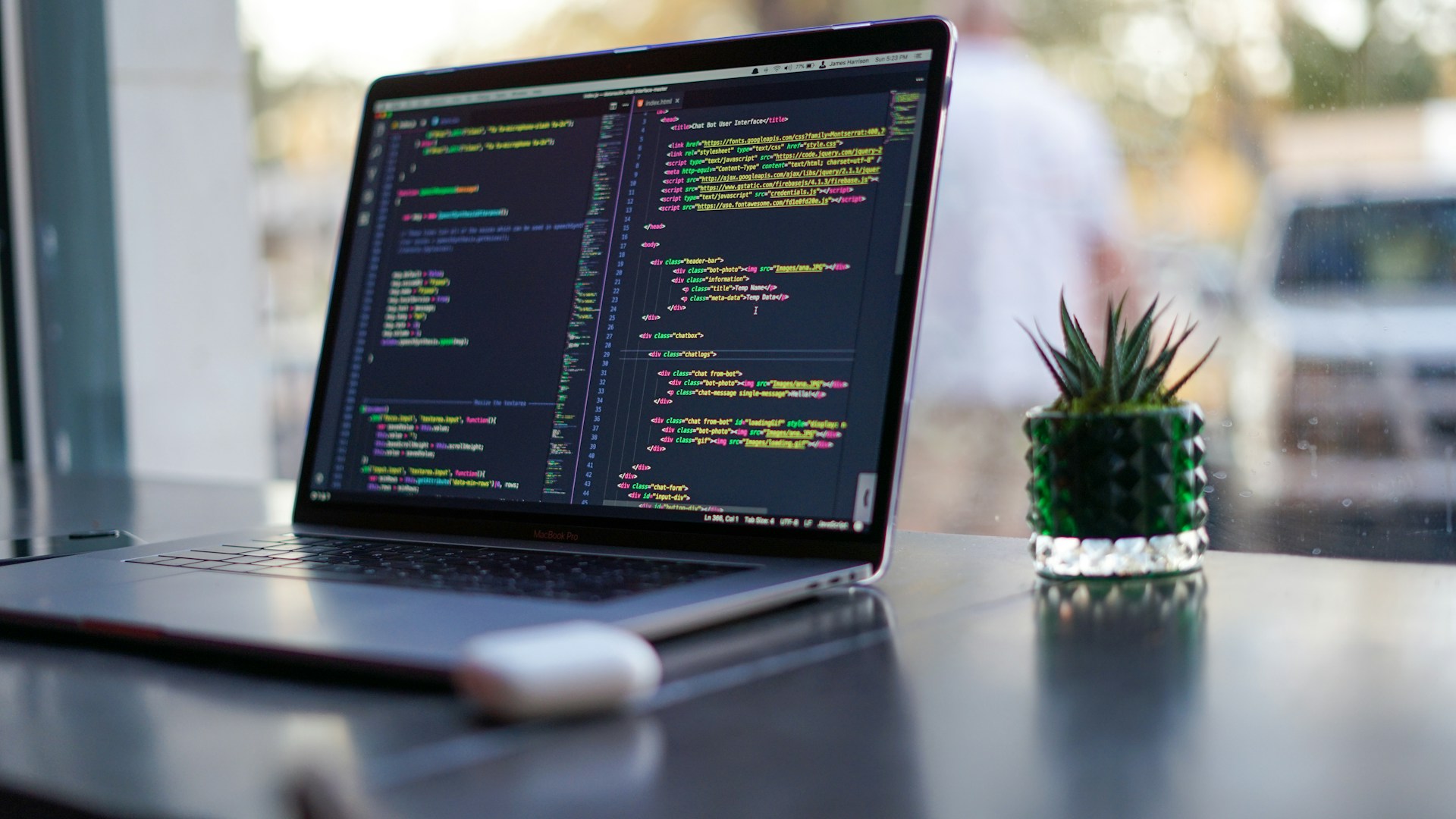React has transformed the way we build user interfaces with its component-based architecture. However, as applications grow in complexity, debugging and profiling become essential to maintain performance and ensure a smooth user experience. This is where React DevTools comes into play.
In this article, we’ll dive deep into the world of React DevTools, exploring how you can use it to debug and profile your React applications effectively.
What is React DevTools?
React DevTools is a powerful extension for your browser that allows you to inspect the React component hierarchy, debug issues, and profile the performance of your React applications. It’s an indispensable tool for any React developer, providing insights into the structure and behavior of your app.
Installation and Setup
Installing React DevTools for Chrome
To get started with React DevTools on Chrome, follow these steps:
- Open the Chrome Web Store.
- Search for “React Developer Tools.”
- Click “Add to Chrome” to install the extension.
- Once installed, you can access it via the Chrome DevTools panel under the “Components” and “Profiler” tabs.
Installing React DevTools for Firefox
For Firefox users, the process is similar:
- Open the Firefox Add-ons store.
- Search for “React Developer Tools.”
- Click “Add to Firefox” to install the extension.
- Access it through the Firefox DevTools panel under the “Components” and “Profiler” tabs.
Setting Up in a React Application
After installing the extension, ensure that your React application is running in development mode. React DevTools won’t work in production mode due to performance overhead and security reasons.
Navigating the React DevTools Interface
Overview of the Interface
The React DevTools interface consists of two main panels: Components and Profiler. Each panel serves a specific purpose in debugging and profiling your React application.
Key Panels and Their Functions
Components Panel: Displays the component hierarchy, allowing you to inspect props, state, and hooks.
Profiler Panel: Helps you record and analyze the performance of your application to identify bottlenecks.
Components Panel
Inspecting Component Hierarchy
The Components panel provides a tree view of your React components, mirroring the structure of your application. You can expand and collapse nodes to drill down into specific components.
Viewing Component State and Props
Clicking on a component reveals its current props and state in the right-hand pane. This is invaluable for understanding how data flows through your application and diagnosing issues.
Profiler Panel
Purpose of the Profiler
The Profiler is designed to help you measure the performance of your React application. It captures a timeline of interactions, rendering processes, and state updates, allowing you to see how long each operation takes.
Recording and Analyzing Performance Data
To start profiling, click the “Record” button in the Profiler panel, interact with your app, and then click “Stop”. The Profiler will display a timeline of recorded events, highlighting components that take the longest to render.
Debugging with React DevTools
Identifying and Fixing Issues in Components
React DevTools makes it easy to pinpoint issues by highlighting components that trigger updates. You can inspect these components to understand why they are updating and fix any inefficiencies.
Using the Console for Debugging
The console is your best friend for debugging. You can log information, track errors, and use breakpoints to pause execution and inspect variables at specific points.
Performance Profiling
Importance of Profiling in Performance Optimization
Profiling is importantl for optimizing performance, especially in large applications. It helps you identify slow components and understand how data flows through your app.
Steps to Profile a React ApplicationOpen the Profiler panel.
- Click “Record”.
- Interact with your application.
- Click “Stop”.
- Analyze the recorded data to find performance bottlenecks.
Analyzing Performance Bottlenecks
Identifying Slow Components
The Profiler highlights components that take the longest to render, making it easy to identify performance bottlenecks. Focus on optimizing these components first.
Techniques to Optimize Performance
- Memoization: Use React.memo to prevent unnecessary re-renders.
- Lazy Loading: Split your application into smaller chunks to load components only when needed.
- useCallback and useMemo: Optimize functions and computations in functional components.
Advanced Debugging Techniques
Using Breakpoints and Watchpoints
Set breakpoints in your code to pause execution and inspect variables at specific points. Watchpoints allow you to monitor changes to variables and state.
Debugging Asynchronous Code
Asynchronous code can be tricky to debug. Use tools like async/await and promise chaining to manage asynchronous operations effectively.
Using React DevTools with Hooks
Inspecting State and Effects in Functional Components
React DevTools allows you to inspect the state and effects in functional components using hooks. This is especially useful for debugging complex state logic.
Debugging Common Hooks Issues
Hooks can introduce unique challenges, such as stale closures and dependency arrays. React DevTools helps you track state changes and effect dependencies to resolve these issues.
Common Issues and Solutions
Common Errors Encountered
- State not updating: Ensure you’re using the correct state update functions.
- Props mismatch: Verify that props are being passed correctly.
- Slow renders: Profile your app to identify and optimize slow components.
Tips for Resolving These Issues
- Double-check your code: Look for typos and logical errors.
- Use React DevTools: Inspect component props, state, and hooks to understand what’s going wrong.
- Optimize performance: Profile your app regularly to keep it running smoothly.
Integrating Other Tools
Using Redux DevTools
If you’re using Redux for state management, Redux DevTools can be integrated with React DevTools to provide a comprehensive debugging experience.
Combining with Browser Developer Tools
React DevTools can be used alongside standard browser developer tools for a more robust debugging process. Use the console, network panel, and performance tools in conjunction with React DevTools.
Best Practices for Debugging and Profiling
Tips for Efficient Debugging
- Stay organized: Keep your code well-structured and commented.
- Use meaningful names: Name your variables and functions descriptively.
- Test frequently: Regularly test your application to catch issues early.
Strategies for Effective Profiling
- Profile regularly: Make profiling a regular part of your development process.
- Focus on critical paths: Optimize the parts of your app that affect performance the most.
- Use memoization: Prevent unnecessary re-renders with memoization techniques.
Conclusion
React DevTools is an important tool for any React developer, offering powerful capabilities for debugging and profiling your applications. By mastering its features, you can build more efficient, reliable, and high-performing React applications. Keep exploring and practicing with React DevTools to improve your development workflow and deliver the best user experiences.
Moreover, integrating the Figma to React workflow can streamline the design-to-development process, ensuring that your applications not only perform well but also look great.
FAQs
How do I install React DevTools?
To install React DevTools, go to the Chrome Web Store or Firefox Add-ons store, search for “React Developer Tools,” and add the extension to your browser. Then, access it via the browser’s developer tools panel.
What are the benefits of using React DevTools?
React DevTools helps you inspect component hierarchies, debug issues, and profile performance, making it easier to identify and fix problems in your React applications.
How can I optimize my React app’s performance?
Use the Profiler panel in React DevTools to identify slow components, and optimize them using techniques like memoization, lazy loading, and the useCallback and useMemo hooks.
What are common debugging issues in React?
Common issues include state not updating, props mismatches, and slow renders. React DevTools helps you inspect component props, state, and hooks to diagnose and fix these issues.
Can I use React DevTools with other libraries?
Yes, React DevTools can be used alongside other tools like Redux DevTools and standard browser developer tools for a comprehensive debugging and profiling experience.


